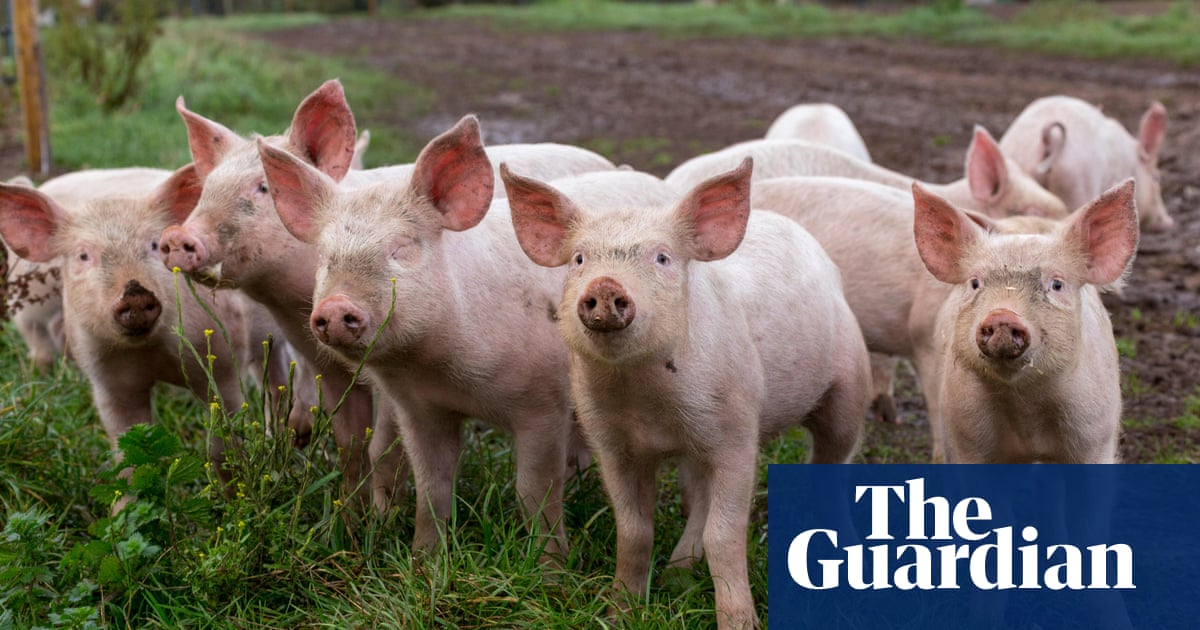Almost 120 countries came together in Dubai last year at the Cop28 climate talks to pledge one of the most ambitious green energy targets in the history of the UN climate talks.
The plan put forward was to triple the worldâs renewable energy and double its energy efficiency by the end of the decade in an attempt to cut the worldâs reliance on fossil fuels.
It was an âambitious yet achievable goalâ, according to the International Energy Agency (IEA), which could play a pivotal role in cutting the worldâs emissions to keep global heating in check.
But in a year, the worldâs progress has struggled to keep up with the pace required to meet these goals.
Government renewable energy targets âunchangedâ
The worldâs renewable energy capacity was about 3.4 terawatts in 2022 â or 45 times the size of Great Britainâs total power system â but to meet the Cop28 targets countries would need to reach just over 11TW by 2030.
The global energy thinktank Ember said in a January report that a tripling of renewables was âentirely achievableâ. But in its most recent report it found that national targets by governments were âalmost unchangedâ and still added up to just over a doubling of the global renewables capacity by 2030.
Of the more than 130 countries that signed up to the pledge, only eight had updated their renewable targets by October, according to Ember, resulting in only a modest increase in overall renewable energy targets globally.
To date, the global industry is on track to reach 7.2TW by the end of the decade, according to Emberâs analysis of targets for 96 countries and the EU as a bloc. This is a 2.1-times increase from 2023, which would still leave a shortfall of 3.7TW.
The analysis has been confirmed by the International Renewable Energy Association (Irena), which is responsible for providing the official progress report of the UAE Consensus energy goals set at Cop28.
Francesco La Camera, Irenaâs director general, said the organisation was raising the alarm on the âsignificant gapsâ that stand in the way of reaching the Cop28 goals. The new goals set by countries at Cop29 âmust mark a turning point and bring the world back on trackâ, he said.
The good news is that although government targets fall short of the Cop28 goals, the growth of the renewable energy industry may be ready to surpass the limited ambition of global governments.
The IEA believes the worldâs renewable energy capacity is on course to outpace the 2030 goals set by governments to roughly equal the power systems in China, the EU, India and the US combined.
The global energy watchdogâs influential annual renewables report identified solar power as central to the worldâs looming renewables surge, and it could account for 80% of all new renewable power added globally by the end of this decade. This is due to declining costs and support from global governments, and China in particular. The rate of growth in the global wind power industry is expected to double between 2024 and 2030 compared with the previous six years, it said.
This boom in renewable energy beyond the targets set by governments puts the Cop28 goal within reach â but still not on track to be achieved. The IEA has said global leaders need to recognise the âcritical importance of building power gridsâ to speed up the connection of at least 1.6TW of renewable capacity which is in advanced stages of development and waiting for a grid connection.
Under the IEAâs more optimistic view of global energy, renewables will grow 2.7-times greater by 2030, narrowly short of the commitment made by world leaders to triple renewables by the end of the decade to cut the worldâs reliance on fossil fuels.
after newsletter promotion
Energy efficiency at half the rate of the last decade
While the worldâs renewable energy target is almost within reach, its energy efficiency target appears to be slipping away despite its crucial role in cutting the reliance on fossil fuels.
Under the goal of doubling energy efficiency, the annual energy intensity improvement rate must increase from 2% in 2022 to 4% between 2023 and 2030. This will require faster progress in making homes, businesses and factories more energy efficient and the electrification of multiple sectors, including transport, building and industry.
But in the year since countries agreed to double energy efficiency there has been only a weak improvement of about 1% in 2024, according to an IEA report published before Cop29. This is the same rate recorded for 2023, and about half of the average rate over the 2010-19 period, it noted.
Fatih Birol, the IEAâs executive director, earlier this month described energy efficiency as âa key pillar of secure, affordable and inclusive energy transitionsâ.
Being more efficient in how homes and businesses use energy could deliver over 70% of the projected decline in oil demand and 50% of the reduction in gas demand by 2030 in the IEAâs forecasts.
âThe IEA is working closer than ever with governments around the world to ensure that it remains a top policy priority. Fortunately, the policies and technologies to accelerate efficiency progress are readily available today, and many governments are taking important steps forward,â Birol said.
The IEA points to the EUâs revised regulations to achieve a zero-emission building stock by 2050 as one key example of the progress required. Chinaâs overhauled appliance standards and tougher national targets for efficiency are another. In the US, tighter fuel economy standards for heavy-duty vehicles will play a role too, it said.
Nevertheless, to align with global targets, new policies need to arrive more quickly around the world, and many existing ones need to be tightened, according to the report. âWhat we hope to see now is faster and stronger policy responses across the globe,â Birol said.










